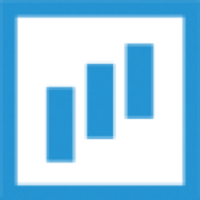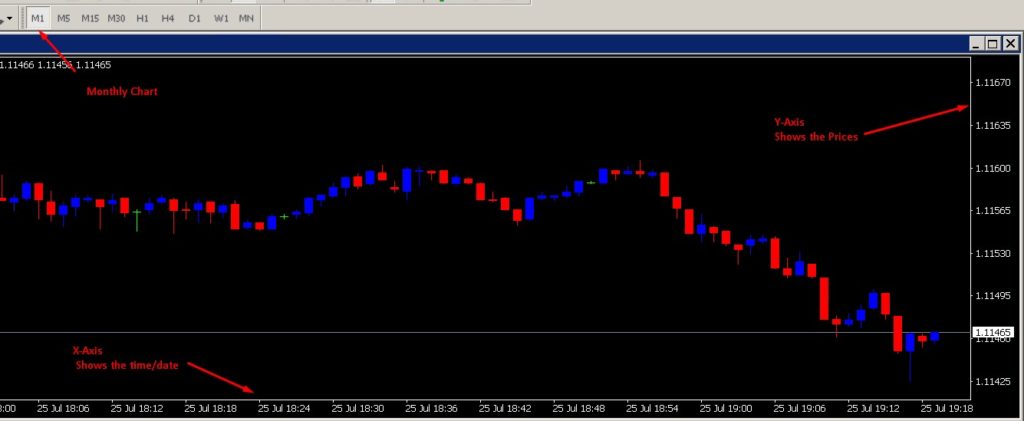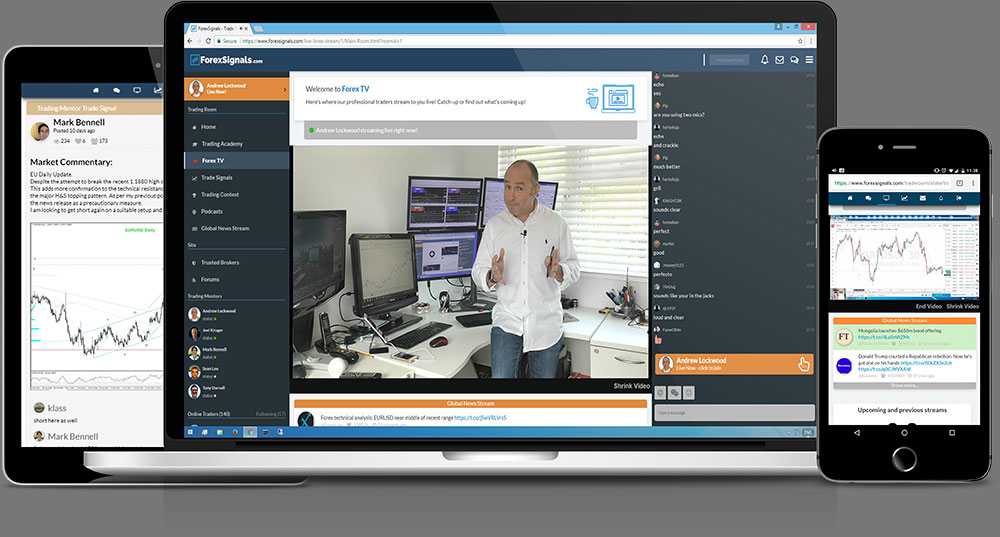One of the many reasons why many traders fail in Forex trading is because they didn’t know which time-frame is best for them to trade on. There is multiple time frame analysis to use, meaning you need to find the forex trading time frames to form your own trading strategy.
In that matter, did you know that your personality plays a big role in which time-frame you should be used for trading?

In this guide, we’ll help you find the best time frames to use in your forex trading and how you can implement it to your different trading strategies.
What is a Time Frame in Forex Trading?
Before you go on to choose the right time frame for you, it’s important to understand what a time frame is.
Time-frame refers to the period that a forex trader chooses to operate when viewing charts and analyzing particular currency pair. The time-frames in Forex can encompass seconds, minutes, hours, days, or even months. For example, you can analyze the pair on a 1-minute chart, 5-minute chart, four-hour chart, daily chart, weekly chart and monthly chart.
As a forex trader, you may choose to use one time-frame or multiple time frames to analyze and track your trade. Whether your trading plan is to focus on trend trading or trading positions (long term trading), looking at the right time frame chart is a skill you need to obtain.
Charts as a Guide to Forex Time Frames
When we are trading the financial markets, we look at charts to check the price patterns, the direction of prices (also known as market trends or price movement), or merely for technical analysis. On any trading platform, you can open a price chart and insert technical indicators to identify trade entries. And when we look at the charts, we do so in different formats; the candlestick representation, the line chart, the bar charts, and so on.
The bar chart or the candlestick representations (which are almost the same) represent a period of time. For example, if we are looking at the daily [time-frame] chart using the candlestick representation, each candlestick represents price movements or fluctuations in that particular time period.
In this illustration, you can see that the candlestick shows where the market opened (opening price) and where it closed (closing price). It also shows the high and low. In fact, the candlestick shows you all the price action of that particular day.
When we are trading and looking at the charts, we don’t have to just look at what happens in one trading day. We can drill down to the very last minute or even check how the prices have gone for the whole month.
What is the Best Time Frame to Use in the Forex Market?
This probably is one of the major obstacles any newbie trader has to face when trading the markets. The question, ‘what is the best time frame to use’ is a bit more complex than you may think. It is not appropriate to say the one-time frame is better than the other without proper analysis. This is because everyone’s circumstances and objectives are different.
Say, if you have a day job and have a limited amount of time to stay in front of the screens, you may be looking at trading on the higher time periods, maybe the daily or the monthly time frames.
On the other hand, if you have plenty of hours throughout the day to spend in front of the screens looking for those opportunities (scalping), you’ll be looking at a shorter time frame chart. As a day trader, you’re looking to exploit your trading edge over a large number of trades; you might be looking at the minute or hourly charts.
Also, your objectives are very important when choosing the best time frame to trade forex. If you are a long-term trader who doesn’t always like to watch the markets, you may be considering the daily, weekly, or monthly charts. The plus side is that you have more time to spare, and you won’t have to worry about paying too much in spreads or commissions to your broker. To do this, though, you will have to muster an incredible amount of patience. Don’t let the fluctuations drive you nuts. You got to learn to HODL.
Now, if you aspire to become a short-term (Swing) trader, you should consider using the hourly or daily charts. Generally, swing trading gives your portfolio more chance of growth as you can take several trades each day. The downside? Well, it can be costly, as you have to factor in the commissions, spreads and swap rates.
Lastly, let’s look at the most adventurous of the bunch, the Intraday forex traders, also known as day traders and scalpers. If you are an Intraday trader (or those who like to scalp), you should consider the high-action, minute to hourly time-frames. This gives you more trading opportunities, but it can also be costly, and earnings may not be quite substantial.
Another thing to consider is the amount of capital on hand. Short-term trading lets you make better use of margin and have tighter stop losses. Larger time-frames, on the other hand, require bigger stops, thus bigger capital. This prevents you from facing margin calls or stop-outs.
The Bottom Line
One thing that all the objectives have in common is the desire to make money and become profitable traders. The determining factor on which time frame to use comes down to one thing and one thing alone; the psychological side of day/swing or position trading. In trading, Psychology plays a huge part and quite often, bad psychology is the killer of most trading accounts.
Trading on the short time-frames, that is, for example, buying and selling of the one-minute or 15-minute time period can be very emotional, seeing money coming in and going out of the account in such a short period of time, especially on larger trades. You’d open a large trading position, hoping for the best, and then as you watch the trade and capture gains, you’ll see how a slight movement can either make or break your trading account. It’s nerve-wracking! I know!
If you’re new to trading, I will suggest that you leave all that noise to a more experienced trader that has a better grip on their emotions and trading psychology. Trading, after all, comes with its own challenges. You don’t have to make it even more challenging by increasing your emotional involvement in the shorter and medium-term time frame. Instead, take a step back and trade the higher time periods, the 4-hour or the daily and weekly charts. Sure, it’s not going to be as exciting as the 5-minute chart but it will be all worth it in due time! Remember – trading is all about that long-term success!
Once you’ve proven yourself and your skills as a trader, only then should you be looking at trading on the lower time-frames, hunting for those quick market movements and profits.
You also have to consider the actual trading strategy you are going to be using. There are strategies for all conditions and all levels of traders, which include the Swing Trading strategy, the day trading strategy, the 5-minute Scalping strategy, and other trading strategies, many of which you can find inside our trading room, where we not only teach them but trade them live right in front of your eyes! It is important to ensure that the strategy you are using is optimized for the particular time period you wish to use, and is combined with fundamental analysis.
Be sure to check out our Trading Room to learn more about these strategies. I and my co-mentors stream live, several times a day where we show how we trade these strategies right in front of your eyes, and provide trading ideas and discuss trading opportunities with the members of our vibrant community!
Now that you have an idea of which time frame could best work for you, I hope that you’ll take the steps in making adjustments to trading forex. I’d be thrilled to hear about it! Feel free to hit me up inside the Trading Room!
Try Live Forex Trading Room now for just 7 days free and gain access to:
- Daily Live Streams
- FX Trading Academy
- Tradeable Forex Signals
- Live Chat with All Members
- and much, much more!





